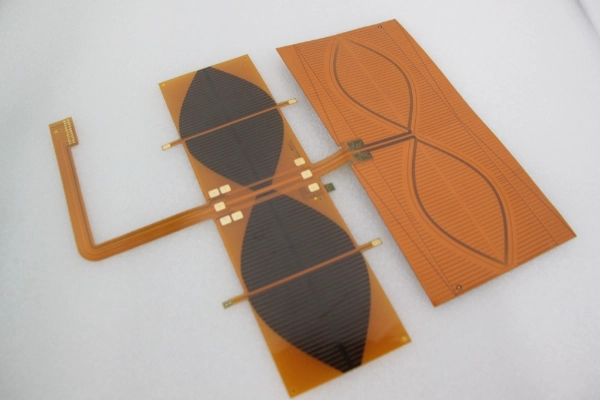When it comes to electronics assembly, the choice of flux is a critical factor that can significantly influence the quality and reliability of solder joints. With a myriad of flux types available on the market, understanding their properties, applications, and compatibility with various soldering processes is essential for both hobbyists and professionals. In this article, we will delve into the intricacies of flux selection, addressing the question: What flux should I use for electronics?
Understanding Flux: The Basics
Flux is a chemical cleaning agent used in soldering to facilitate the flow of solder and improve the quality of the joint. It serves several key functions:
- Oxide Removal: Flux helps to remove oxides and other contaminants from the surfaces being soldered, ensuring a clean interface for solder adhesion.
- Heat Transfer: By improving thermal conductivity, flux aids in the efficient transfer of heat during the soldering process.
- Solder Flow: Flux lowers the surface tension of the molten solder, allowing it to flow more freely and fill gaps effectively.
Types of Flux
Fluxes can be categorized into several types based on their composition and application. The most common types used in electronics are:
- Rosin-Based Flux: Derived from natural resin, rosin flux is widely used in electronics due to its excellent insulating properties and minimal residue. It is available in three grades:
- Type R: Non-activated, suitable for clean surfaces.
- Type RA: Mildly activated, effective for slightly contaminated surfaces.
- Type RMA: Rosin mildly activated, ideal for most electronic applications due to its balance of cleaning and insulating properties.
- Water-Soluble Flux: This type of flux is designed to be cleaned with water after soldering. It is highly effective in removing oxides and is often used in wave soldering processes. However, it leaves a residue that must be cleaned to prevent corrosion.
- No-Clean Flux: As the name suggests, no-clean flux leaves minimal residue that is non-corrosive and does not require cleaning. This type is ideal for applications where cleaning is impractical or where the flux residue will not affect performance.
- Organic Flux: These fluxes are made from organic compounds and are often used in lead-free soldering applications. They provide good wetting properties and are generally more environmentally friendly.
Factors to Consider When Choosing Flux
When selecting the appropriate flux for your electronics project, consider the following factors:
- Solder Type: The choice of solder (lead-based vs. lead-free) can influence the type of flux you should use. For lead-free solders, it is often recommended to use no-clean or water-soluble fluxes that are specifically formulated for lead-free applications.
- Application Method: Different soldering methods (hand soldering, wave soldering, reflow soldering) may require different types of flux. For instance, water-soluble flux is commonly used in wave soldering, while no-clean flux is preferred for reflow soldering.
- Surface Condition: If the surfaces to be soldered are heavily oxidized or contaminated, a more aggressive flux, such as rosin activated or water-soluble flux, may be necessary.
- Residue Management: Consider whether the residue left by the flux will be acceptable for your application. If cleanliness is paramount, opt for water-soluble or no-clean fluxes.
- Environmental Considerations: With increasing regulations around hazardous materials, choosing a flux that complies with environmental standards (such as RoHS) is crucial.
Practical Tips for Flux Application
- Apply Sparingly: Use just enough flux to cover the joint without excessive pooling, which can lead to solder bridging or other defects.
- Preheat Components: Preheating can help improve the effectiveness of the flux and ensure better solder flow.
- Test Compatibility: Always test the flux with your specific solder and components to ensure compatibility and performance.
- Clean Thoroughly: If using water-soluble flux, ensure that all residues are cleaned post-soldering to prevent corrosion and ensure reliability.
Conclusion
Choosing the right flux for electronics assembly is not a one-size-fits-all decision. By understanding the different types of flux available and considering factors such as solder type, application method, and surface condition, you can make an informed choice that enhances the quality and reliability of your solder joints. Whether you are a seasoned professional or a DIY enthusiast, the right flux can make all the difference in your electronics projects.

